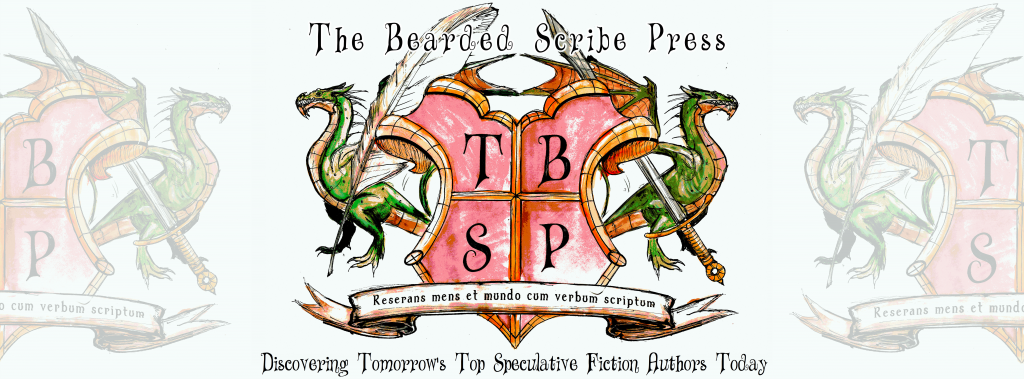When I left off in the World Building Series--in particular, Language Construction--I was discussing the use of combination forms of words to create other words. In the last post I touched on how I used combination forms, like Tolkien, to create proper nouns in my language.
Just like we have obvious place names in English (and other languages, for that matter) that comprise of two or more smaller parts to create a larger concept, i.e., Pennsylvania [Penn (Welsh surname meaning "head"... here meaning Admiral William Penn, to be precise) + sylvania (woods, from the Latin sylvan meaning tree): therefore meaning "Penn's Woods"]. Other examples include Montréal [Mount Royal], Philadelphia [Love+Brother=City of Brotherly Love], Springfield [self-explanatory], Hartford ["deer crossing"], et cetera.
I used the same principles when naming the places in my language, as well. Here are three examples:
Aesira·nyn {pronounced AY-SEER-RAH-NIN} is the name of the land in which my story takes place; its name is comprised of the elements: aesira (majick or enchantment) + nyn (from nuynos, meaning land)... therefore meaning "Land of Enchantment."
Aijir·heleg {pronounced EYE-YEER-HELL-LEG} is the name of the capital of Aesira·nyn and the city in which the Garnet Throne is located. Its name is comprised of the elements: aijir (meaning city) + heleg (meaning holy)... therefore "Holy City."
Shann·yhmn {pronounced SHAH-NIN (think of the name Shannon, but with is the name of the longest river, located in the central part of the main continent (called Selest·erem). It flows from Tyr·shyr (meaning "Pool of Blessings"), from which its name derives: shann (meaning blessing) + yhmn (from rohmyn, meaning river)--itself meaning "River of Blessing."
Alright... please bear with me while I shift back to the first part of my first post on Language Creation for the next part of this one...
If you don't remember, I'll refresh all of your memories: Using an existing language to create your Constructed Language (or Conlang, as it's colloquially known).
As I mentioned, I used several. More specifically, I used the roots of words from various languages to create my own by attaching my own "SET" endings, which I worked out separately. For example:
My own noun endings (one of a few possibilities) are -yn (singular) which changes to -un (plural). Deryn or derun {pronounced DAIR-RIN or DAIR-ROON}, meaning pheasant, is borrowed from the Welsh word for bird, aderyn. In this case, my SET noun ending happened to be the ending of the original word, though that is a rare case. The Welsh pronunciation wasn't important to me, as I used my own set of characters, which come with a set pronunciation. No exceptions.
Let's look at another:
By chance, this example uses the same noun endings as the previous. Aeryn or aerun {pronounced AIR-RIN or AIR-ROON}, meaning copper, is borrowed from the Old English word for copper, ar. Of course, the plural of copper is theoretical and rarely used, but that is for another discussion.
Now let's glance at verbs (always the most fun, in my opinion). Verbs in most Latin-based languages comprise of a root and an ending, which has its own standardized conjugation for tenses and for the pronouns for which they are conjugated. Being of French heritage and also a non-fluent speaker/writer/reader of the language, I decided to borrow this idea of verb endings with standardized conjugations. In Teangriel, there are four (4) different verb endings. I won't bother getting into all of them, but I will show you an example of a verb and its conjugation for the present tense (I have my own non-standard set of tenses, which might irritate some of you, but they are the tenses that suited the needs for my novel):
The pronoun suffixes are only used in formal speech. In the rural parts, only the pronoun and the conjugated verb is used. On a side note, there is only one irregular verb in Teangriel, and its present tense conjugation is the origination of the pronoun endings you see above...







No comments:
Post a Comment